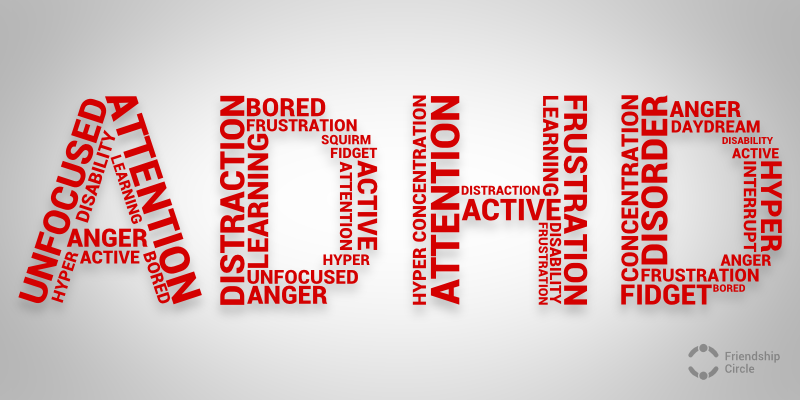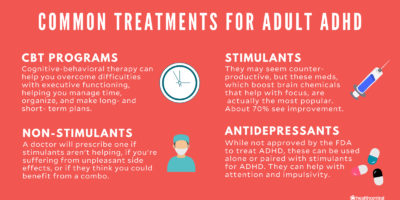
Attention-deficit/hyperactivity disorder (ADHD) is a neurodevelopmental disorder that affects approximately 6-9% of school-aged children and 2-5% of adults worldwide. Children with ADHD often have difficulties with attention, hyperactivity, and impulsivity, which can impact their academic performance, social relationships, and daily functioning. Parenting a child with ADHD can be a challenging task, but with the right strategies and support, it is possible to help your child manage their symptoms and succeed in life. In this article, we will discuss six essential tips for parenting a child with ADHD and provide detailed explanations on how each strategy can benefit your child.
- Establish a daily routine and stick to it: One of the essential things you can do for your child with ADHD is to establish a daily routine and stick to it. Children with ADHD thrive on routine and structure, as it helps them know what to expect and prepare themselves mentally for the day ahead. When creating a routine, try to keep the time for various activities the same each day, such as waking up, eating meals, doing homework, and going to bed. This will help your child develop a sense of predictability and stability in their lives.
- Identify and eliminate distractions: Distractions can be a significant challenge for children with ADHD, and they can vary depending on the child’s unique needs. Some common distractions may include noise, clutter, and electronic devices. Identifying these distractions and finding ways to eliminate or reduce them can help your child focus and stay on task. For example, you can create a quiet study area for homework or limit the use of electronic devices during homework time.
- Organize your home logically: Having a logical and organized home can help your child with ADHD feel more in control and less overwhelmed. Designate specific places for your child to keep their toys, schoolwork, and clothes. This can help your child find things more easily and avoid losing important items.
- Use charts and checklists: Children with ADHD often struggle to follow instructions and complete tasks independently. Using charts and checklists can help your child stay on track and feel more in control of their responsibilities. Keep instructions brief and simple, offer frequent, friendly reminders, and make sure every task has been completed before moving on to the next.
- Limit choices and set small, reachable goals: Children with ADHD often struggle with decision-making and may become overwhelmed with too many options. Limiting the number of choices and providing your child with two or three options at a time can help them feel more in control and reduce decision-making anxiety. Additionally, setting small, reachable goals can help your child understand that success comes from taking small steps and building on those achievements.
- Be flexible and patient: Parenting a child with ADHD can be a challenging task, and it requires patience, understanding, and flexibility. It’s essential to work with your child to find strategies that work best for them and be open to trying new approaches. Seeking professional help from a therapist or counselor can also be useful, as they can offer additional strategies for managing your child’s behavior and helping them succeed.
In conclusion, parenting a child with ADHD requires patience, understanding, and a willingness to work with your child to find strategies that work best for them. By establishing a daily routine, identifying and eliminating distractions, organizing your home logically, using charts and checklists, limiting choices, setting small, reachable goals, and being flexible and patient, you can help your child develop the skills they need to succeed in life despite the challenges of ADHD.




Leave a Reply